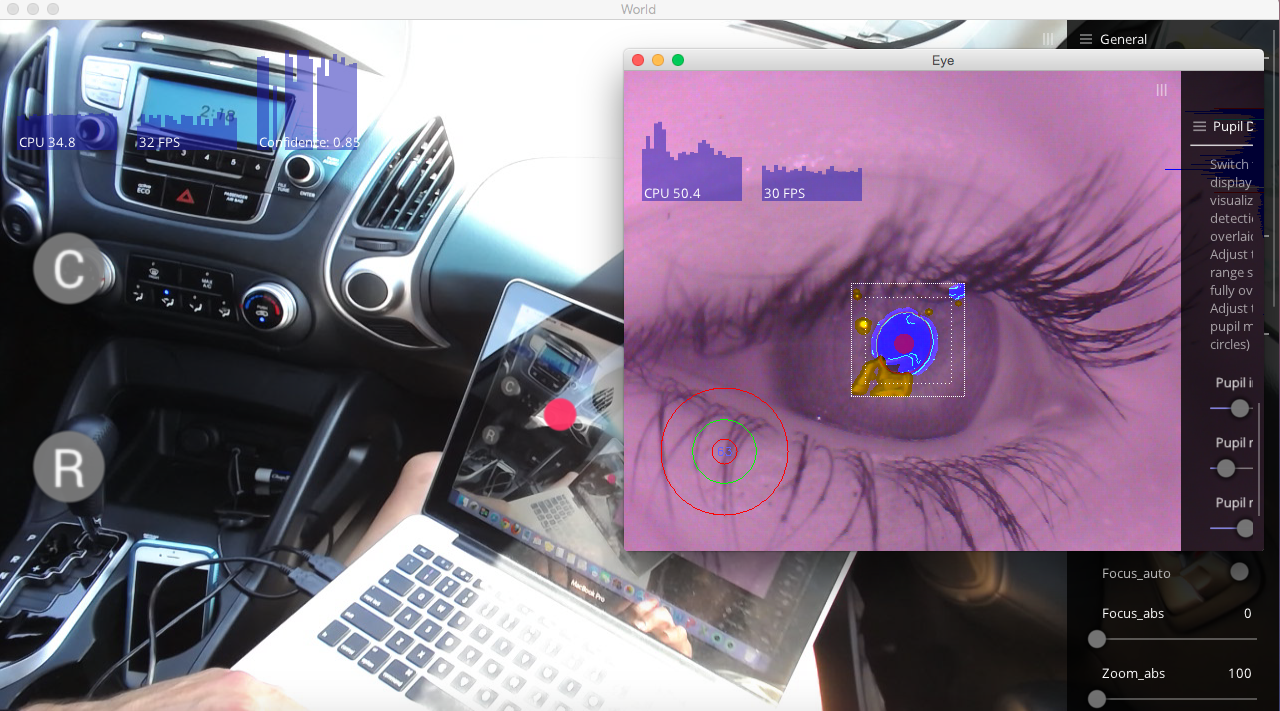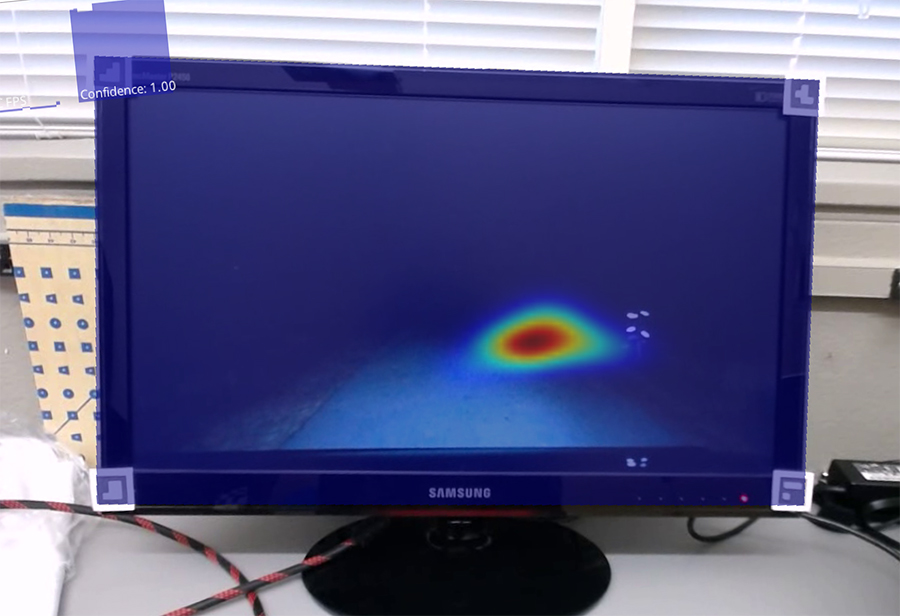Biomotion Visibility Aids
A 3D eye-tracking analysis of reflective visibility aid designs for nighttime bicyclists.
IJCST article 2015—2016

Research Purpose
To investigate the effectiveness of reflective visibility aids for bikers—specifically, biomotion designs. This research provides two new aspects to the existing body of visibility aid research: 1) the introduction of a blind experiment for visibility analysis; and 2) the use of 3D eye-tracking technology.
This research has the potential to benefit both drivers and nighttime bicyclists through a better understanding of how biomotion can increase visibility.
Context
Role: Principle Investigator & First Author.
Biological motion, or biomotion, is the perceptual phenomenon in which highlighting the major joints of the body significantly increases recognition of the human form. By taking advantage of biomotion, clothing garments can increase visibility of bicyclists.
Animation from biomotionlab.ca


Method
A total of 40 participants were randomly assigned one of four visibility-aid conditions in the experiment (please see illustrations at the top of the page): biomotion (retroreflective knee and ankle bands), non-biomotion (retroreflective vest configuration), pseudo-biomotion (vertical retroreflective stripes on the back of the legs), and control (all-black clothing). The real purpose of the research was blinded to participants in order to avoid any biases stemming from an explicit observation or recognition tasks, as performed in other experiments.
Participant gaze was measured with 3D eye-tracking technology from Pupil Labs and defined as coordinate data on a computer monitor. Each visibility-aid condition was shown as a separate standardized video. The gaze coordinate data was analyzed via one-way ANOVA and Tukey’s post-hoc analyses, with supplementary heatmaps.

Results
Significant differences were found between the four reflective clothing design conditions in both X-coordinate and Y-coordinate values. For detailed results, please see the full published paper full published paper.
Concluding Thoughts
Although this research addresses more effective configurations of reflective visibility aids, in order to make a difference in bicyclist safety the adoptibility* of visibility aids requires more research.
*adoptibility meaning bicyclist aesthetic preferences, lifestyle, material and clothing cost, and overall convenience.